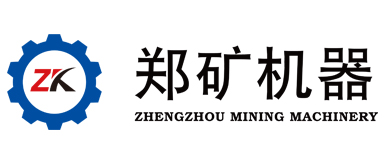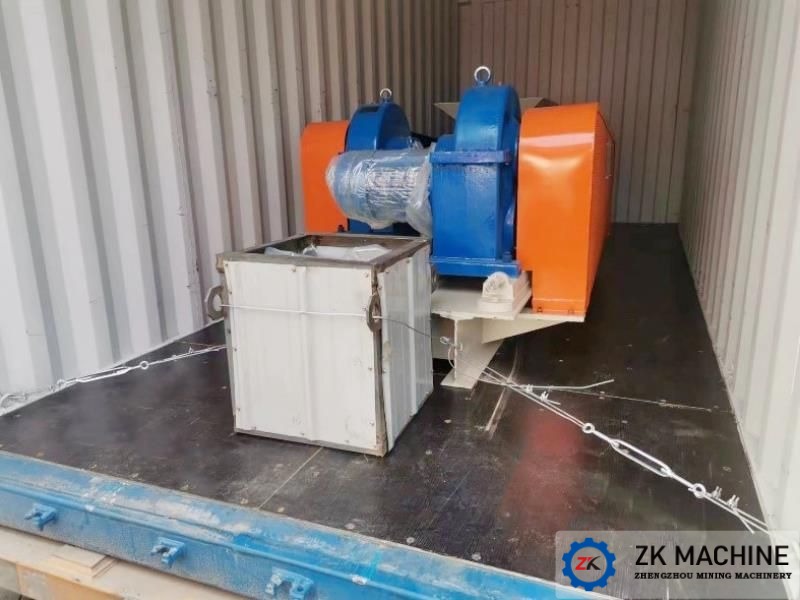Main Factors Affecting the Service Life of Impact Crusher
The main factors that affect the service life of the impact crusher's board hammer are: board hammer material, material characteristics, equipment maintenance, etc.
1. Blow hammer material
The main materials of common impact breaking blow bars are Mn13Cr2, Mn18Cr2, Mn18Cr2+ alloy block (TiC), Cr20 blow bar, and ceramic blow bar.
Under the same conditions, the higher the Mn content, the greater the toughness, the better the impact hardening effect formed under the impact of large materials, and the corresponding longer service life. Mn18Cr2+ alloy block (TiC) is an integrated casting of the alloy block during the plate hammer casting process, which provides higher wear resistance. According to experimental testing, the service life under the same conditions is more than 50% longer than that of the conventional Mn18Cr2 jaw plate. The ceramic blow bar is a new type of high wear-resistant blow bar. Its service life is 150% longer than that of the conventional Mn18Cr2 jaw plate under the same conditions. Cr 20 blow hammer is a type of blow hammer that has been commonly used in recent years. Its service life is longer than that of Mn18Cr2+ alloy block, and the price difference is relatively small.
But a longer lifespan doesn’t necessarily lead to a better experience. The specific selection of the blow hammer material should be determined based on the crushed materials (material properties, material size, etc.).
For example: Although the service life of high manganese steel blow bars is relatively low under the same working conditions, when used for large pieces of material, the blow bars have high impact toughness due to the characteristics of their own materials. The blow bars generally do not break. High chromium (Cr20) The blow hammer has the risk of breaking and falling off when entering large pieces of material. The ceramic blow hammer has higher requirements on material size.
Comprehensive service life:
Mn13Cr2<Mn18Cr2<Mn18Cr2+ alloy block (TiC)<Cr20 blow bar<ceramic blow bar;
Feed size (mm):
Mn13Cr2≥Mn18Cr2=Mn18Cr2+alloy block (TiC)>Cr20 blow bar>ceramic blow bar;
cost
Mn13Cr2<Mn18Cr2<Mn18Cr2+alloy block (TiC)=Cr20 blow bar<ceramic blow bar;
PF series impact crusher1.jpg
2. Material characteristics
The particle size, moisture content, SiO2 content, etc. of the material directly affect the service life of the blow hammer. Generally speaking, the smaller the particle size of the material, the higher the moisture content, and the higher the SiO2 content, the shorter the service life of the blow hammer will be. On the contrary, the service life is longer.
Under the same circumstances, the smaller the material, the worse the impact hardening effect on the high manganese steel jaw plate, and the smaller the material will be more abrasive.
Since impact crushing is generally used for medium-soft materials such as limestone and bluestone, the SiO2 content is generally <4%. It is generally not recommended to use impact crushing for materials with higher hardness such as granite, river pebbles, tuff, and lithium ore.
3. Equipment maintenance
As one of the most common crushing equipment, the impact crusher has a relatively simple structure and is easy to operate and maintain. In order to improve the service life of the plate hammer:
3.1 Control the feed size.
3.2 Prevent the speed from being too high.
3.3 Prevent iron from entering.
The choice of counterattack hammer should be determined based on the materials and technology. Henan Zhengzhou Mining Machinery Co., Ltd. has rich experience in the mining crushing industry. Welcome to visit the company at any time!




